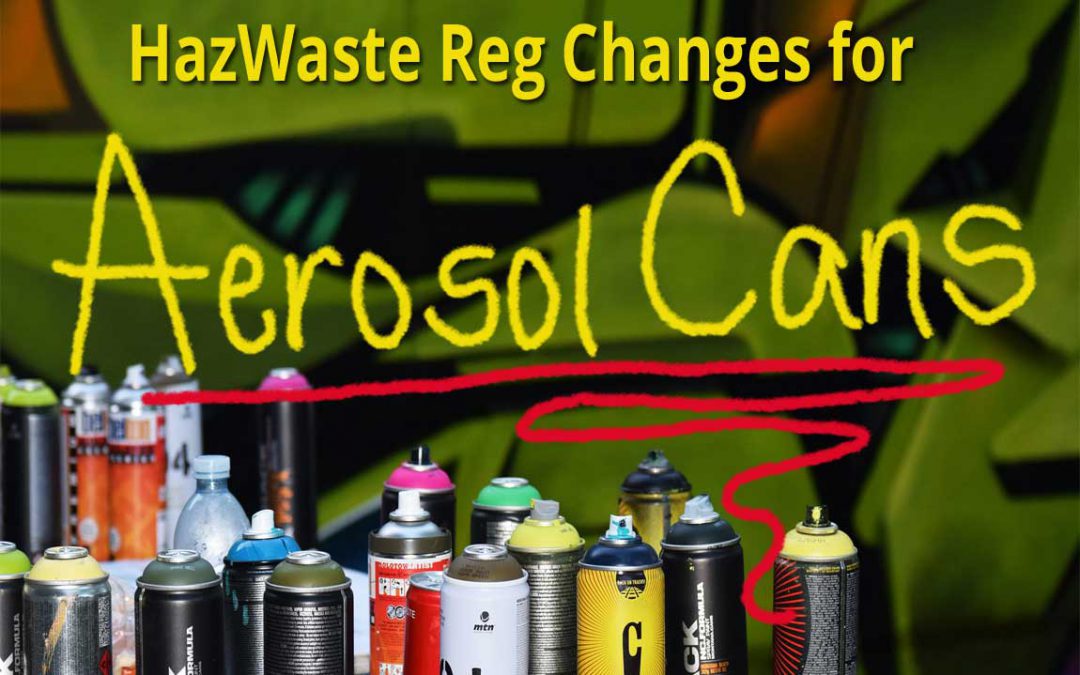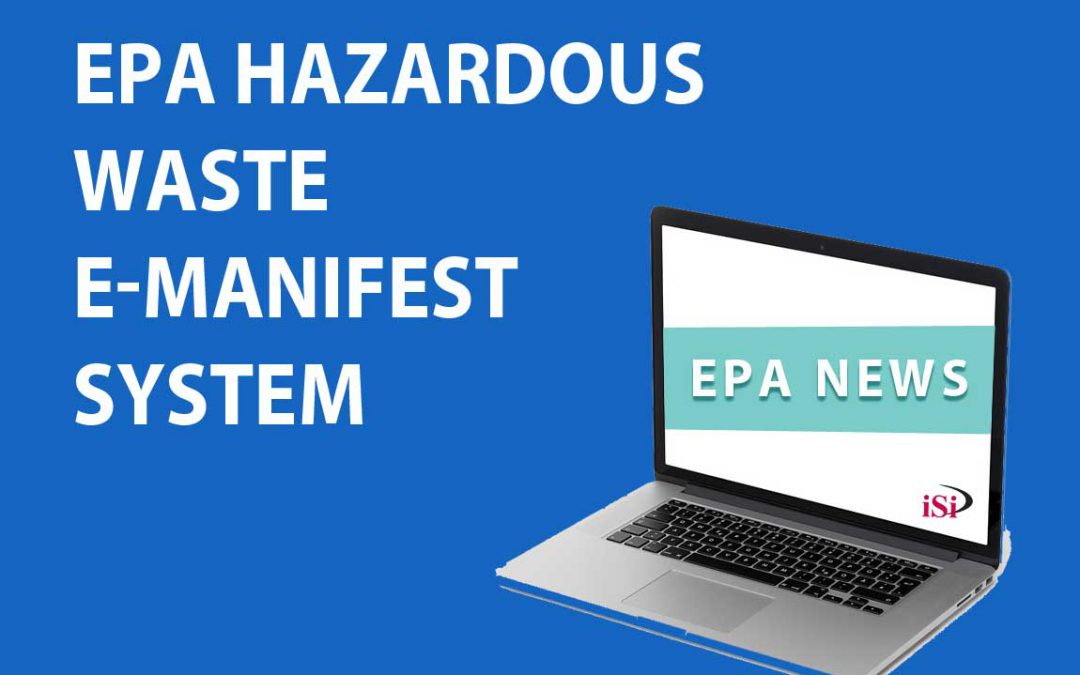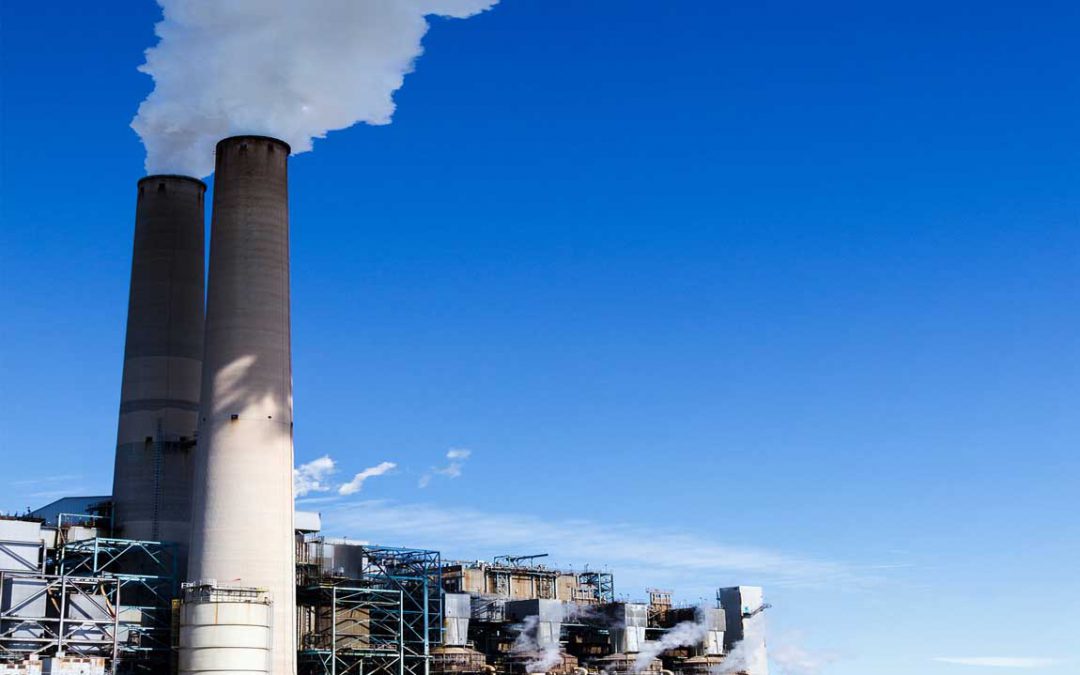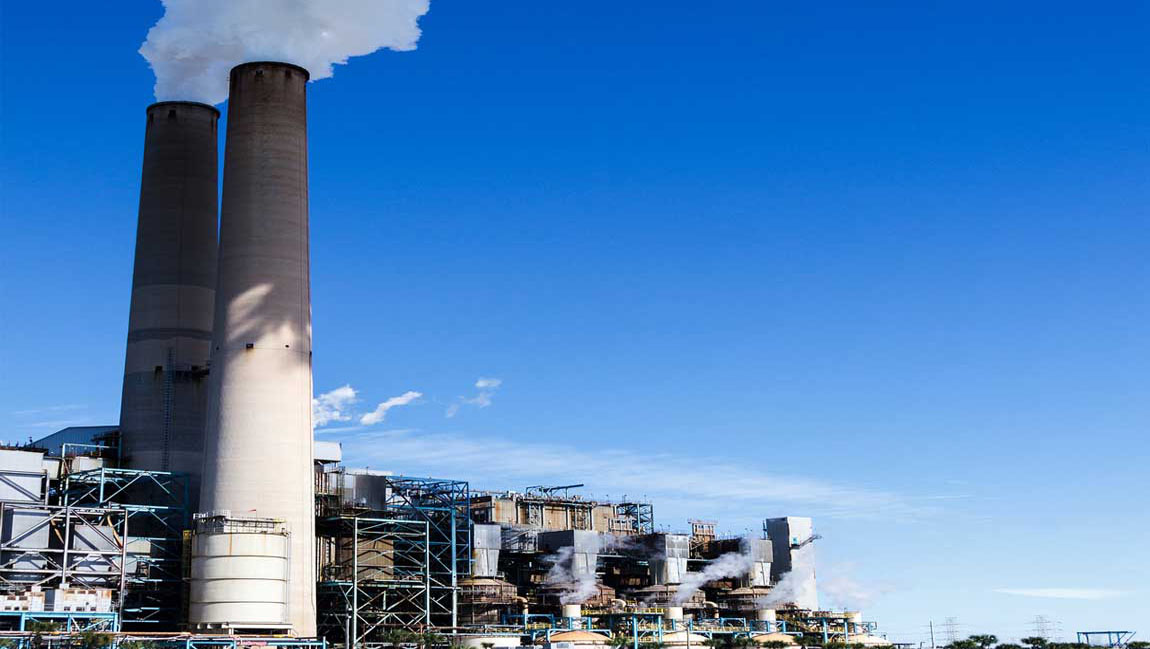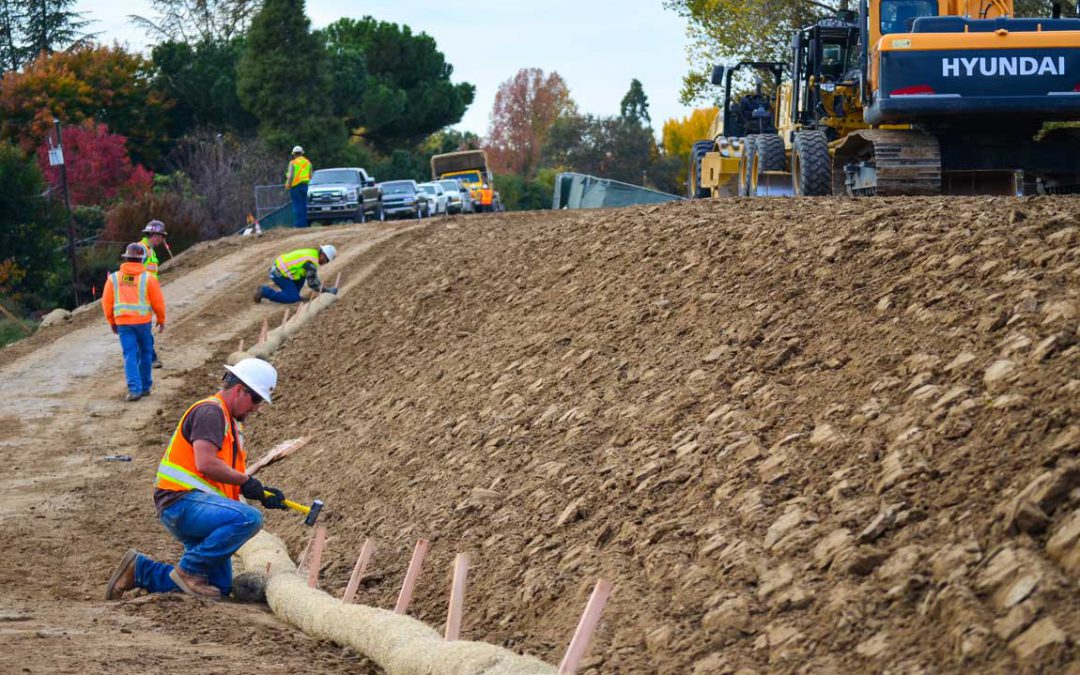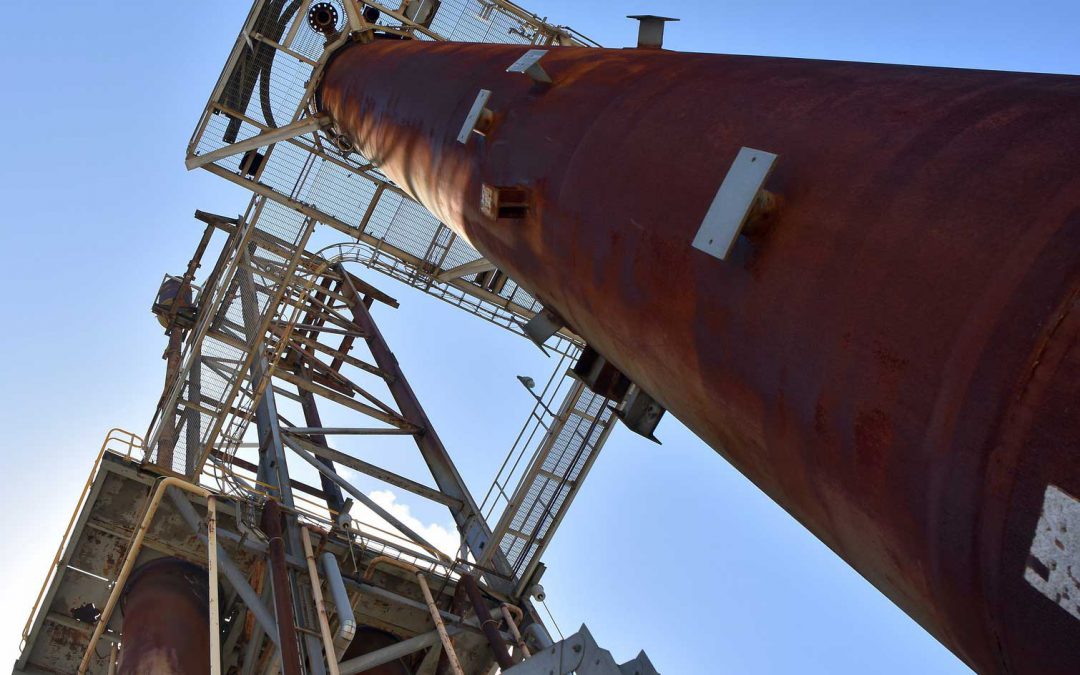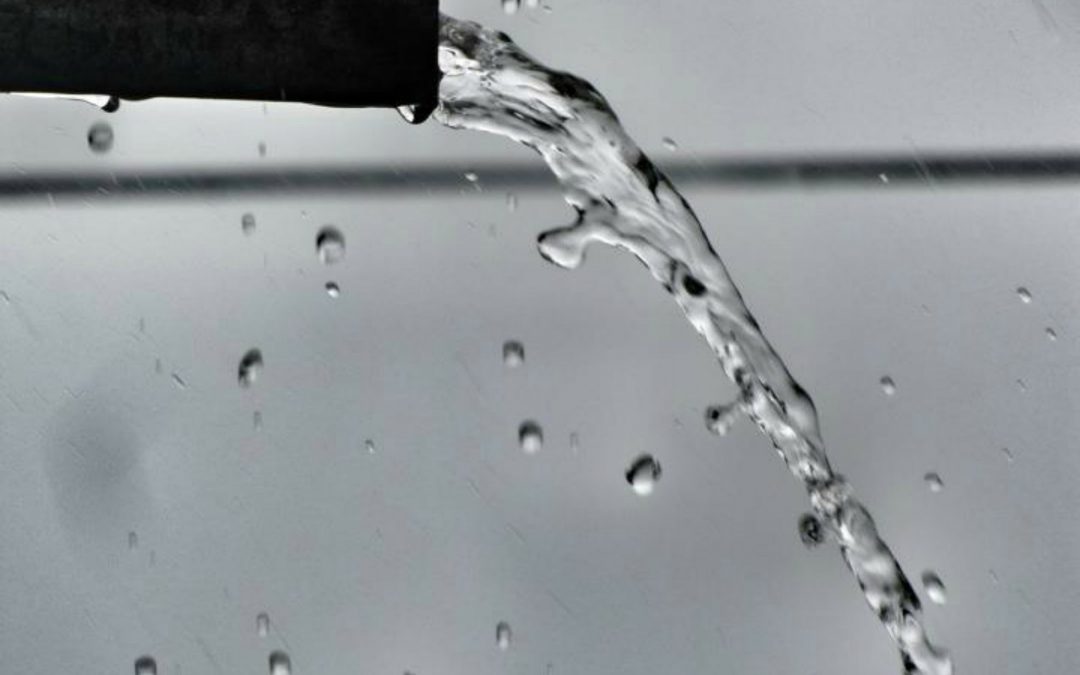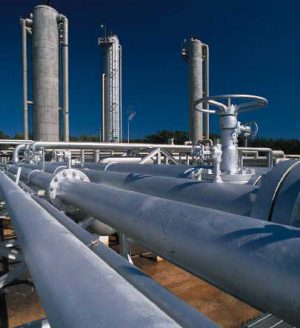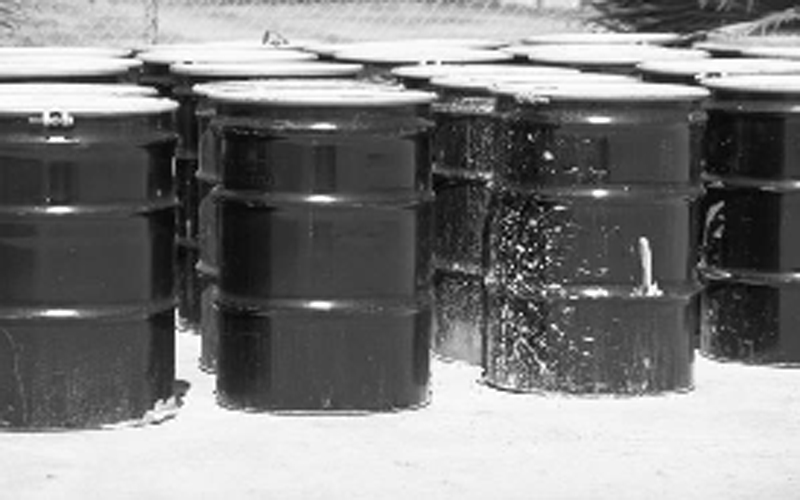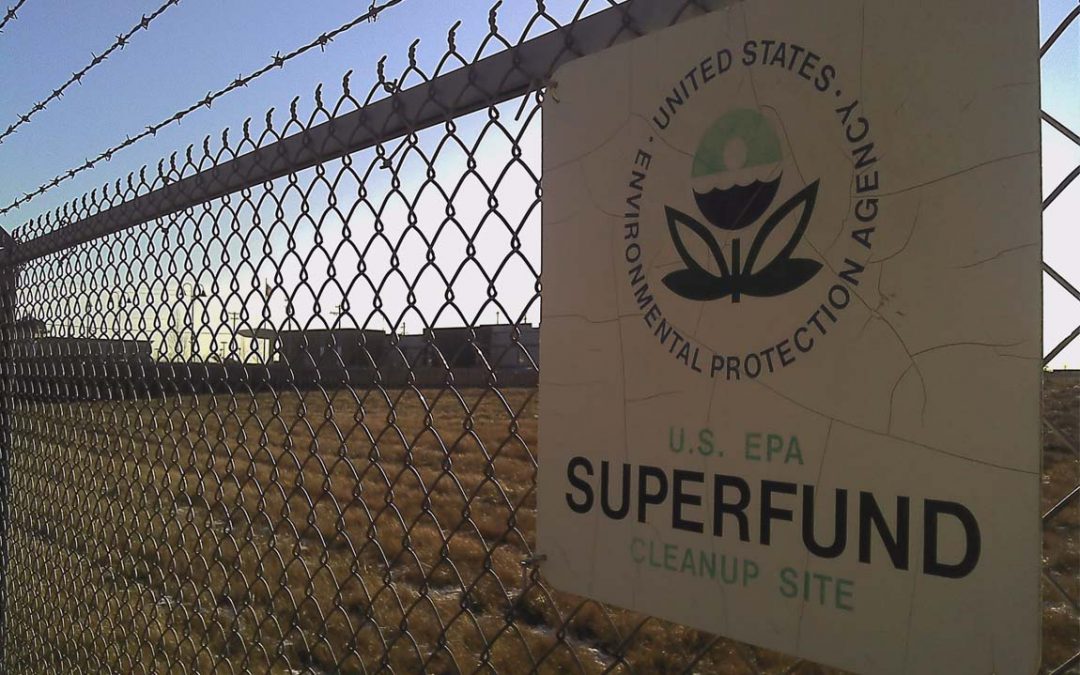
EPA Superfund Task Force Sees Successes
In a previous blog we discussed the plans EPA had for expediting the cleanups of Superfund sites in hopes of reducing costs, reducing delays caused by long studies, and speeding up the timeline for getting the lands turned over for redevelopment, reuse and community revitalization. On its one-year anniversary, EPA has published a progress report on the efforts of their Superfund Task Force.
Among the successes within the past year:
- “Substantial progress” has been made on cleanup of 21 sites which were targeted for immediate and intense action;
- Seven sites were deleted from the program and 2 were partially deleted. There are an additional 10 sites currently proposed to be added to that list;
- Sites with human exposures are being tracked in real time on a dashboard-style webpage. An additional 24 sites were added to the list as having human exposures under control;
- EPA listed 31 sites with the greatest reuse potential, and as a result, they received over 120 redevelopment-related prospective purchaser inquiries for these;
- EPA and the Department of Justice engaged a national team of redevelopment experts on the issue of liabilities for third-party developers and issued a new policy that encourages more frequent consideration of Bona Fide Prospective Purchaser Agreements and Prospective Purchaser Agreements to help get cleanup and reuse moved forward; and,
- EPA held 1,370 public meetings and 3,190 in-person meetings and interviews with people living near Superfund sites to obtain their input.
Within the next year, the task force wants to implement any remaining recommendations from the original 42. Other goals include:
- Continue to model enforcement language to reduce responsible party cleanup negotiation timeframes and shorten Potentially Responsible Party lead cleanups.
- Encourage private investment in cleanup and reuse by developing new work agreements and comfort letters to create certainty and assist third parties in identifying investment opportunities at the sites;
- Continue to expedite cleanups and moving sites to deletion from the program;
- Use more adaptive management principles where possible; and,
- Complete an evaluation of groundwater beneficial use policies.
A video of success stories has been developed. More information about the Task Force program can be found here.
Environmental Assistance
Need an extra hand to get your environmental tasks done? Need help interpreting a regulation? Contact our environmental team today!
